
A Guide to Austrian Insurance Companies for Expats & Residents (2025). Moving to or living in Austria brings the important task of securing the right insurance. From mandatory health coverage to protecting your home and vehicle, understanding the Austrian insurance market is crucial. This guide provides a clear overview of the leading insurance companies in Austria, helping you choose the best provider for your needs.
Whether you’re an expat seeking private health insurance, a resident looking for comprehensive car coverage, or a business owner in need of specialized protection, you’ll find valuable information here. We’ve categorized the insurers to simplify your search and provide concise details on their offerings
Understanding Insurance in Austria
In Austria, having health insurance is mandatory for all residents. The system is a blend of public and private options. Most employed individuals are automatically enrolled in the public health insurance system (ÖGK), but many opt for supplementary private insurance for additional benefits. Beyond health insurance, various other types of coverage are essential for a secure life in Austria.
This guide will help you identify the key players in the Austrian insurance sector, from major domestic insurers to specialized and international providers.
- All
- General & Life Insurers
- Health Insurance Providers
- Specialty Insurers & Global Reinsurers
- Insurance Brokers & Risk Advisors
- Other Financial Institutions (Banks)
- Other Financial Institutions (Motoring Clubs)
- Government Schemes & Entities
Vienna Insurance Group (VIG)
General and life insurers, health insurance providers, specialty insurers and global reinsurers, insurance brokers and risk advisors, other financial institutions (banks), industry associations, other financial institutions (motor clubs), or government plans and entities.
Austrian office General & Life InsurersUNIQA Insurance Group
One of Austria's largest and most prominent insurance groups, UNIQA provides a comprehensive range of products, including life, health, and property & casualty insurance. It is recognized for its strong focus on customer service, digitalization, and innovative health services.
Austrian office General & Life InsurersAllianz
Allianz offers a full spectrum of insurance and financial services. Its offerings include life, health, property, casualty, and asset management solutions, backed by the financial strength and global expertise of the Allianz Group.
Austrian office General & Life InsurersGenerali
A major Italian insurance group with a global presence, offering a wide spectrum of products including life, non-life, and assistance services.
Austrian office General & Life InsurersGRAWE
A well-established Austrian insurance group, GRAWE offers a wide array of products, including life, accident, property, and legal insurance. It is known for its stability, regional presence, and strong ties to the banking sector through its ownership of several regional banks.
Austrian office General & Life InsurersW&W
A significant financial group in Austria, Wüstenrot offers services in both banking (Bausparkasse) and insurance. Its insurance division provides comprehensive solutions for housing, life, pensions, health, and property protection.
Austrian office General & Life InsurersDONAU Versicherung
A key subsidiary of the Vienna Insurance Group, DONAU provides a diverse range of insurance solutions across life, health, accident, and property & casualty lines. It serves both individual and corporate clients with a reputation for reliability and customer-oriented service.
Austrian office General & Life InsurersZurich Versicherungs-Aktiengesellschaft
A global insurer providing general and life insurance solutions.
Austrian office General & Life InsurersHelvetia: The Austrian branch of the Swiss insurance group.
A Swiss insurance group with a variety of insurance and pension solutions.
Austrian office General & Life InsurersVAV
A dynamic and independent insurer in Austria, VAV is known for specializing in property insurance, including household, homeowners, and car insurance. It is also a strong provider of legal protection and liability insurance, often praised for its efficient claims processing.
Austrian office General & Life InsurersMerkur Versicherung AG
Headquartered in Graz, Merkur is Austria's oldest health insurer and a specialist in the field. It focuses on private health, accident, and life insurance, with a strong emphasis on prevention, wellness, and holistic health services that go beyond traditional coverage.
Austrian office Health Insurance ProvidersÖGK (Österreichische Gesundheitskasse)
The Austrian Health Insurance Fund is the primary provider of public health insurance in Austria. It is mandatory for most residents and employees and covers a wide range of medical services, from doctor visits to hospital stays.
Austrian office Government Schemes & EntitiesACREDIA
Leading credit insurer and part of the global Allianz Trade (formerly Euler Hermes), ACREDIA specializes in protecting businesses against the risk of non-payment from their customers. It offers trade credit insurance, surety bonds, and risk analysis services.
Austrian office Specialty Insurers & Global ReinsurersArag
A specialist in legal insurance, offering policies that cover the costs of legal disputes for individuals and businesses.
Austrian office Specialty Insurers & Global ReinsurersCoface
A global leader in trade credit insurance, offering solutions to protect businesses against non-payment of their commercial debts.
Austrian office Specialty Insurers & Global ReinsurersAIG
A global insurance company offering a wide range of property casualty insurance, life insurance, retirement products, and other financial services to commercial and individual customers.
Austrian office Specialty Insurers & Global ReinsurersChubb
A global leader in property and casualty insurance, as well as accident and health, reinsurance, and life insurance. It serves a diverse group of clients, from individuals to large corporations.
Austrian office Specialty Insurers & Global ReinsurersAXA XL
The property & casualty and specialty risk division of AXA, dedicated to providing insurance and risk management products for large and complex global risks.
Austrian office Specialty Insurers & Global ReinsurersAtradius
A global provider of trade credit insurance, surety, and collections services, helping businesses manage payment default risks.
Austrian office Specialty Insurers & Global ReinsurersARBÖ
The second-largest motor club in Austria, ARBÖ also provides its members with various insurance packages, specializing in vehicle and travel-related coverage.
Austrian office Other Financial Institutions (Motoring Clubs)Gen RE
A global reinsurance company and part of the Berkshire Hathaway group, offering a wide range of reinsurance products and services to other insurers.
Austrian office Specialty Insurers & Global ReinsurersSwissLife Group
A leading European provider of comprehensive life, pensions, and financial solutions.
Austrian office Specialty Insurers & Global ReinsurersAON
A provider of property, casualty and financial lines insurance.
Austrian office Insurance Brokers & Risk AdvisorsMarsh
A global leader in insurance broking and risk advisory. Part of Marsh McLennan, it provides services to commercial and individual clients.
Austrian office Insurance Brokers & Risk AdvisorsCREDIT AGRICOLE CIB
Credit Agricole CIB: Provides a range of financial services, including insurance products for corporate clients.
Austrian office Other Financial Institutions (Banks)Raiffeisen Versicherung
The insurance arm of the powerful Raiffeisen Banking Group, it offers a wide range of insurance products, including life, accident, and pension plans, distributed primarily through the bank's extensive branch network.
Austrian office Other Financial Institutions (Banks)ÖAMTC
Austria's largest automobile club. Beyond its well-known roadside assistance, ÖAMTC offers a range of insurance products for its members, including vehicle, travel, and legal protection insurance.
Austrian office Other Financial Institutions (Motoring Clubs)Manulife
A leading Canada-based international financial services group providing life and health insurance, retirement and investment solutions for individuals, groups, and institutions.
Austrian office General & Life InsurersPacific Prime
Pacific Prime: An insurance broker offering international health insurance.
Austrian office Insurance Brokers & Risk AdvisorsSupervision of the Austrian Financial Market
A stable and trustworthy financial system is the bedrock of a secure economy. In Austria, the supervision of the financial market, including insurance companies, is a shared responsibility, ensuring fairness and integrity.
- Financial Market Authority (FMA): The FMA is the central supervisory body for Austria’s financial market. It is responsible for the micro-level supervision of individual institutions, including banks, insurance undertakings, and pension funds. The FMA grants operating licenses, monitors ongoing activities, and has the authority to enforce regulations to protect consumers.
- Oesterreichische Nationalbank (OeNB): The OeNB, Austria’s central bank, works in close cooperation with the FMA. Its primary role is to maintain the stability of the financial market at a macro level, overseeing payment systems and contributing to the supervision of banks.
Together, the FMA and the OeNB ensure that financial institutions in Austria operate reliably and that the interests of consumers are protected.
We hope this guide helps you in your search for the best insurance in Austria. By understanding the key players and their specialties, you can make an informed decision and find the coverage that best suits your needs.
Explore other insurers in the region
World Insurance Companies Logos and Insurers by Country
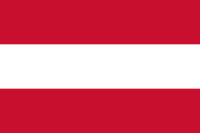
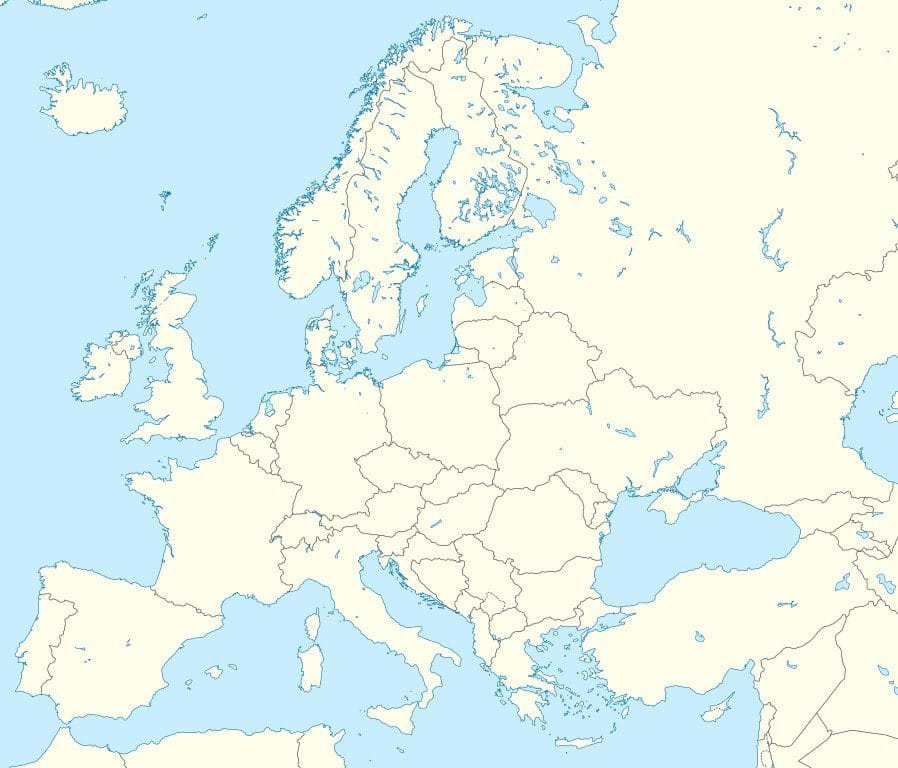 Europe features a mature and diverse insurance market, with a multitude of companies offering a comprehensive range of products and services. From multinational giants to specialized local insurers, there’s an option for every need.
Europe features a mature and diverse insurance market, with a multitude of companies offering a comprehensive range of products and services. From multinational giants to specialized local insurers, there’s an option for every need.
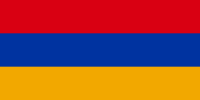

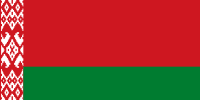

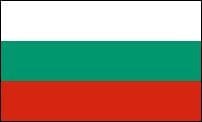

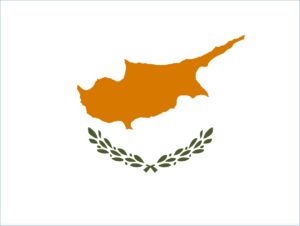
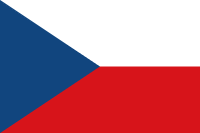
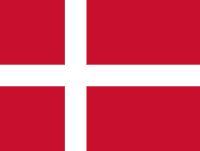
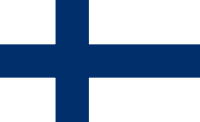
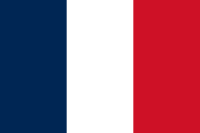
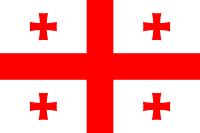
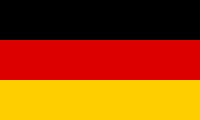

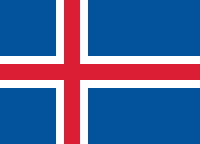



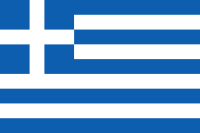
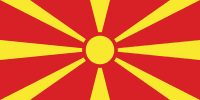
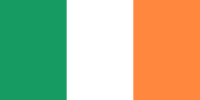
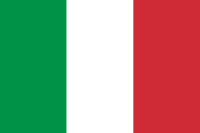
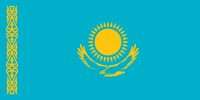
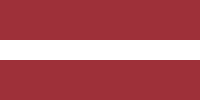
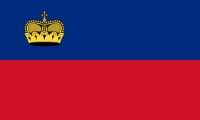
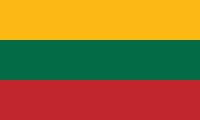

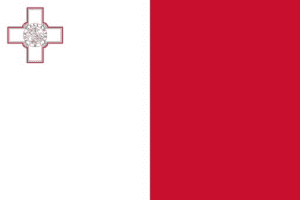

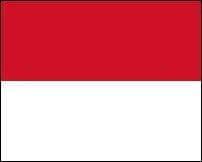
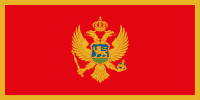

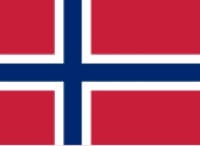
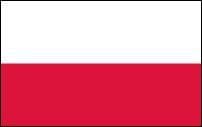

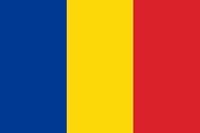
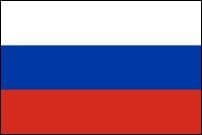
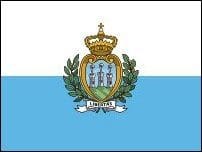



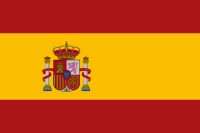
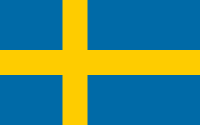

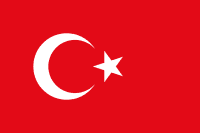

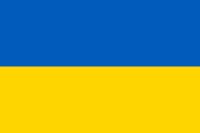
 Navigating Spain’s competitive insurance market can be a challenge, especially if you’re new to the country. From protecting your car and home to securing your family’s health and financial future, choosing the right company is a crucial decision.
Navigating Spain’s competitive insurance market can be a challenge, especially if you’re new to the country. From protecting your car and home to securing your family’s health and financial future, choosing the right company is a crucial decision.

 Ukraine Insurance – World Insurance Companies Logos. Find the best insurer, according to cost, coverage, customer service, and disaster support. Find the provider you trust
Ukraine Insurance – World Insurance Companies Logos. Find the best insurer, according to cost, coverage, customer service, and disaster support. Find the provider you trust
 Slovakia Insurance – World Insurance Companies Logos. Research and compare insurers to find the one that best suits your needs.
Slovakia Insurance – World Insurance Companies Logos. Research and compare insurers to find the one that best suits your needs.


 Sweden Insurance – World Insurance Companies Logos. Monitor the best insurers in Sweden, according to cost, coverage, customer service and claims support. Find the insurer you trust.
Sweden Insurance – World Insurance Companies Logos. Monitor the best insurers in Sweden, according to cost, coverage, customer service and claims support. Find the insurer you trust.
 Slovenia Insurance – World Insurance Companies Logos. Watch out for the best insurers in Slovenia, depending on cost, coverage, customer service and claims support. Find the insurer you trust.
Slovenia Insurance – World Insurance Companies Logos. Watch out for the best insurers in Slovenia, depending on cost, coverage, customer service and claims support. Find the insurer you trust.
 Insurance in Switzerland – World Insurance Companies Logos. Insurance Companies Logos in Switzerland. Monitor leading providers based on cost, coverage, customer service and claims support. Find the insurer you trust.
Insurance in Switzerland – World Insurance Companies Logos. Insurance Companies Logos in Switzerland. Monitor leading providers based on cost, coverage, customer service and claims support. Find the insurer you trust.